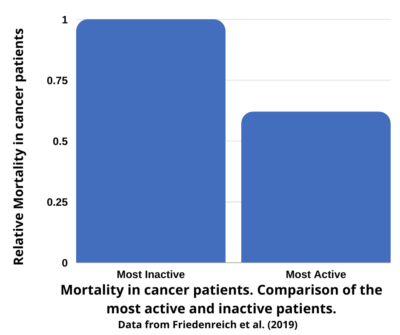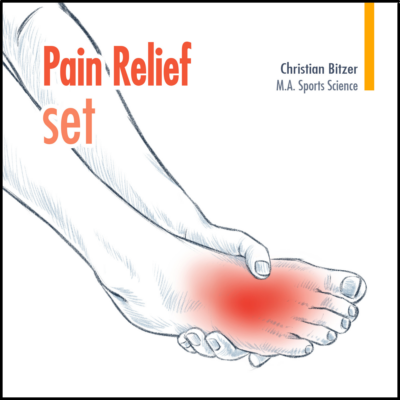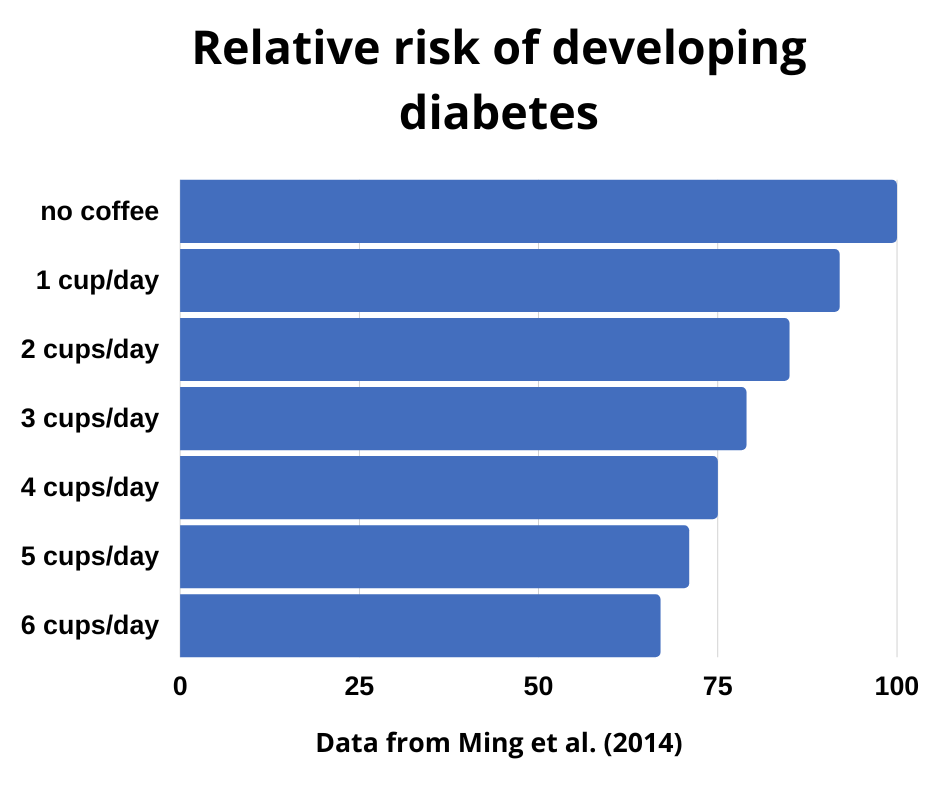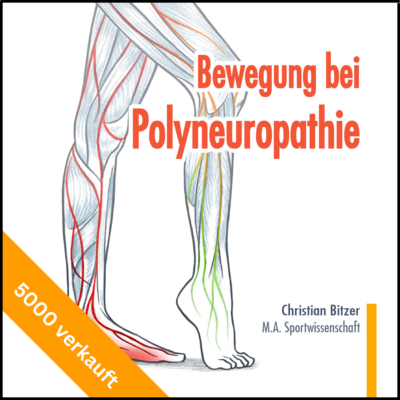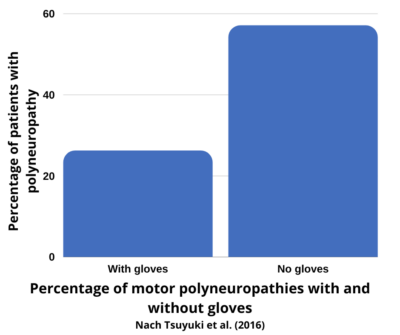 Exercise therapy
Exercise therapy Does alpha lipoic acid help with polyneuropathy?
- 7. May 202017. May 2023
- by Christian Bitzer
Does alpha lipoic acid help with polyneuropathy?
Many patients wonder if you can get some relief from polyneuropathy with alpha lipoic acid. You sometimes read about great successes with to alpha lipoic acid. However, it is difficult to assess the credibility of such reports.
I have therefore looked at what research findings there are on the subject and what statements about alpha lipoic acid in polyneuropathy can be supported by scientific data.
In a nutshell:
Alpha lipoic acid can help with polyneuropathy caused by diabetes. For other causes of polyneuropathy, the data are somewhat unclear. It is certain that infusions with alpha lipoic acid have better chances of success than capsules. Unfortunately, so far there is only research evidence on short-term application. How the long-term effect of alpha lipoic acid is not yet clear.
Scientific sources
In order to give a reliable answer to the question "Does alpha lipoic acid help with polyneuropathy", I searched the largest medical database "Pubmed".
The most important question about treatment for polyneuropathy is: what causes polyneuropathy?
This is because the cause of the polyneuropathy is, of course, also decisive for the treatment. Of course, if the nerve damage is caused by diabetes, treatment must be different than if it is caused by chemotherapy or alcohol.
In scientific research, diabetic polyneuropathy receives by far the most attention, and that is why there are the best sources on it.
Diabetic polyneuropathy
The best source of information on the question of whether alpha lipoic acid helps diabetic polyneuropathy that I could find is an article from the Journal of American Family Physician.
This magazine has the so-called "Help Desk", where doctors can ask questions to specialists. These experts then provide an answer based on current research.
The specialists reported that intravenous administration of alpha-lipoic acid in diabetic polyneuropathy somewhat improved symptoms after three weeks. On a scale of 0 (no pain) to 14.6 (constant pain, numbness, burning, and discomfort), improvement of 2.8 points was reported. In this study, 600 mg of alpha-lipoic acid was given intravenously daily.
According to the experts, if the alpha lipoic acid was swallowed as a capsule instead of giving it as an infusion, there is also some effect. However, it is much weaker. The improvement was then only 1.8 points on that scale. (You can read the article here ).
However, the capsule still seems to be a good alternative, as daily infusions are quite difficult to get in everyday life. Because first of all, you have to find doctors who will carry out such a treatment at all and then just visit the practice every day to get the infusion.
So far there are no long-term studies on alpha lipoic acid in diabetic polyneuropathy.
However, there are only study results on what happens in short periods of time. The existing studies only looked at periods of 3 to 5 weeks.
The long-term effects have not yet been clarified.
To find out what the long-term effects are, we have to be patient until further studies are published.
However, these results are encouraging!
Alpha lipoic acid in polyneuropathy due to chemotherapy.
There has been very little research on the question of whether alpha lipoic acid helps with polyneuropathy caused by chemotherapy. I could only find one review paper on the subject from the Sapienza University in Rome.
In the paper, the authors note that there is still too little research to make conclusive statements. However, it is reasonable to assume that alpha lipoic acid is also helpful here.
However, these scientists also believe that alpha lipoic acid is more promising as an infusion than as a capsule.
You can read the study here.
Alpha lipoic acid may interact with chemotherapy
However, cancer patients should not experiment with alpha lipoic acid on their own. This is because alpha lipoic acid can interact with medications.
In particular, the effect of some chemotherapies can be reduced by alpha lipoic acid.
Therefore, if you want to try alpha lipoic acid, be sure to talk to your doctor first.
There is still too little research on polyneuropathy of other cause
Of course, there are a variety of other causes of polyneuropathy. However, there is little research on this yet and I could not find any robust studies on this.
Whether alpha-lipoic acid helps in polyneuropathies that are not caused by diabetes or chemotherapy is therefore not known yet.
What does this mean for you?
At first, the results of the studies presented may not seem very spectacular. At second glance, however, one notices that the results are very positive after all, at least as far as polyneuropathy due to diabetes is concerned.
Because, normally, polyneuropathy slowly gets worse and worse. However, the administration of alpha lipoic acid stopped the deterioration and there was even a slight improvement.
If one assumes that this effect continues longer than the 3-5 weeks mentioned, then the polyneuropathy is not cured, but its course is significantly slowed down.
This means that although no significant improvement can be expected from alpha lipoic acid, the deterioration can at least be slowed down, which would already be a great success.
Since alpha lipoic acid has relatively few side effects and is also not very expensive, it might be a good idea to simply try it after consulting with a doctor. If you can't find a doctor or therapist who will give you an infusion, you can certainly try capsules, as long as you're not taking any medications that alpha lipoic acid may interact with. However, this should also be discussed with a doctor.
It is important to consume a sufficient amount. In the scientific studies, 600 mg daily was used.
You also need to be patient, there is no overnight cure to be expected. If your polyneuropathy doesn't get any worse, that's already a big success!
Side effects in case of overdose
By the way, you should not take too much alpha lipoic acid.
Taking too much alpha lipoic acid often results in dizziness, nausea and vomiting. Therefore, stick to the specified 600 mg. If you still feel bad after taking it, omit alpha lipoic acid in the future or, if necessary, inform the doctor or therapist who prescribed it.
Exercise for polyneuropathy
What has also been proven to help with polyneuropathy is targeted exercise.
You can find exercises here:



